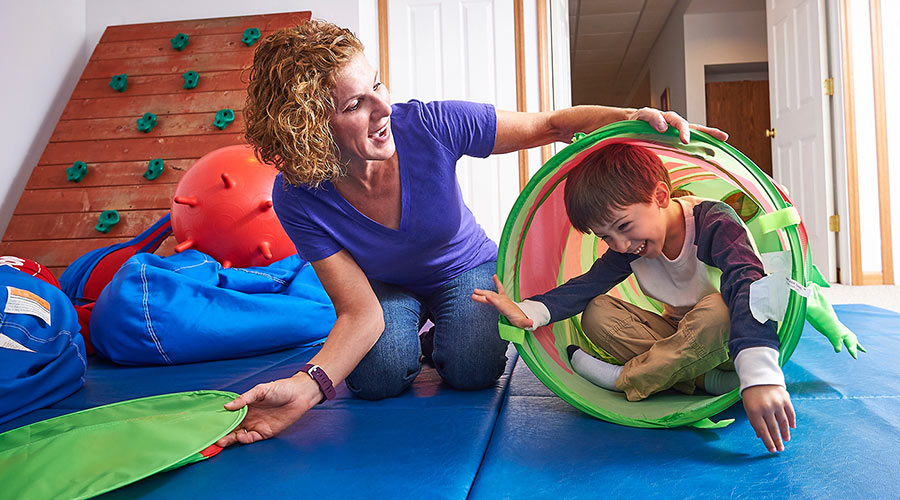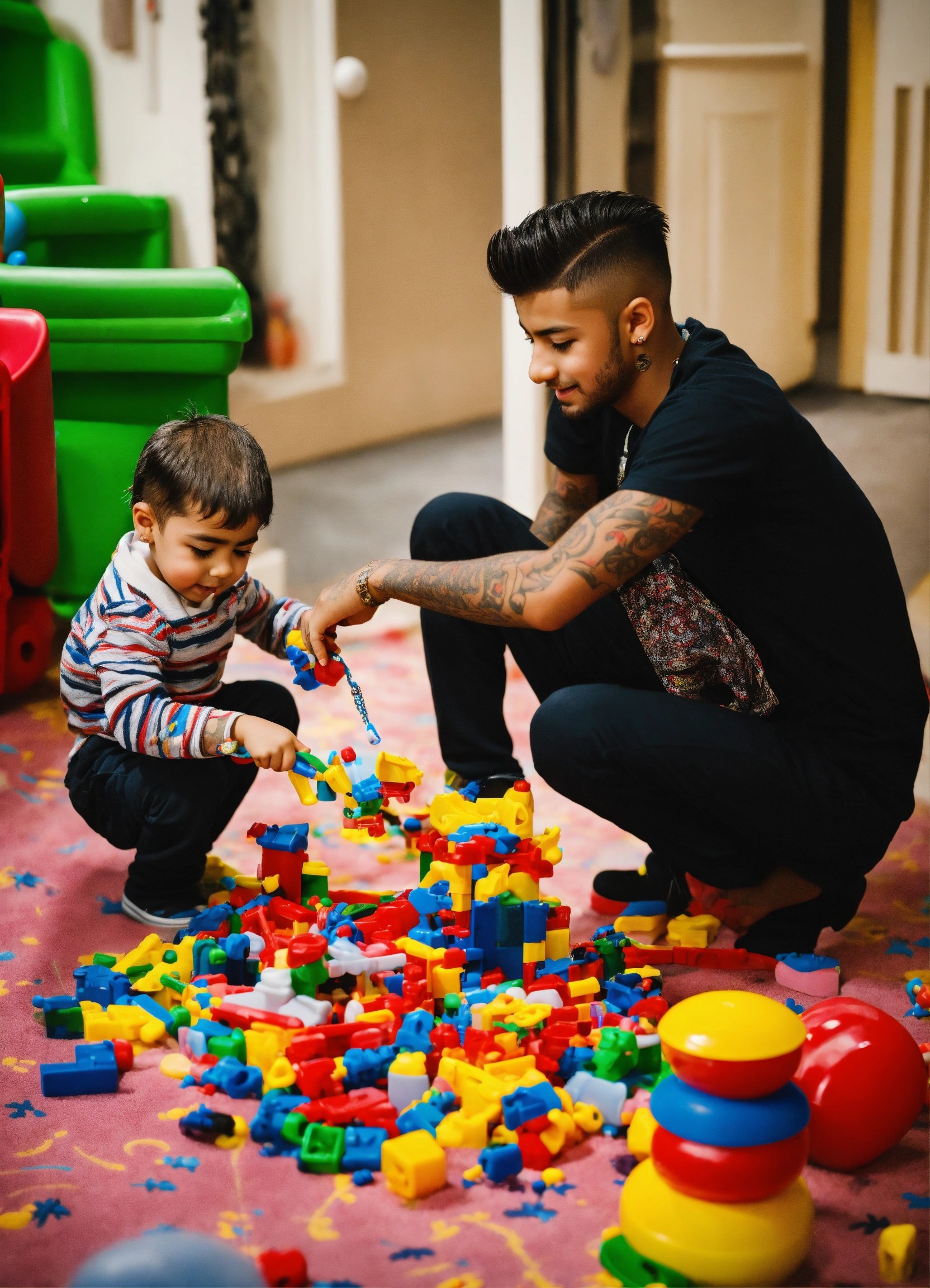

Services
Sensory Integration
Sensory Integration is a theory developed more than 20 years ago by A. Jean Ayres, an occupational therapist with advanced training in neuroscience and educational psychology (Bundy & Murray, 2002). Ayres (1972) defines sensory integration as “the neurological process that organizes sensation from one’s own body and from the environment and makes it possible to use the body effectively within the environment”. The theory is used to explain the relationship between the brain and behavior and explains why individuals respond in a certain way to sensory input and how it affects behavior.
The 8 Senses
In sensory integration we are interested in all 8 senses. You can probably immediately think of 5 – seeing, hearing, tasting, smelling and the sense of touch. The other 3 are proprioception, vestibular and interoception, these are defined below.
Proprioception
Our muscles and joints have tiny sensory receptors that tell our brain where our body parts are. When you put a spoon to your mouth, you don’t need to look at the spoon to see where it is or feel for your mouth to know where to place the spoon; you know where your hand is in relation to your mouth. It is largely your proprioceptive receptors giving you this information.Your brain then uses this information to plan movements so that you can coordinate your body.
Vestibular
In our inner ear we have small, fluid filled canals, the fluid in these canals moves every time we move our head. Receptors in these canals pick up the direction of movement and send this information on to our brain. So we know if we are moving forwards, backwards, side to side, tilting our head, turning round or moving up and down.Once again, our brain uses this information to plan for movements and help us maintain our balance.
Interoception
Interoception: this is a fairly new area for discussion in sensory integration; interoception is how our body tells our brain what is going on inside our body, when we are hungry or feel full, when our heart is beating fast or when we have that sensation of butterflies in the stomach.
Jean Ayres was particularly interested in the interaction between and development of the vestibular, proprioception, touch, vision, and hearing. She saw these as important in supporting our ability to use our body, concentrate, develop self-esteem and confidence as well as having self-control and academic skills.

